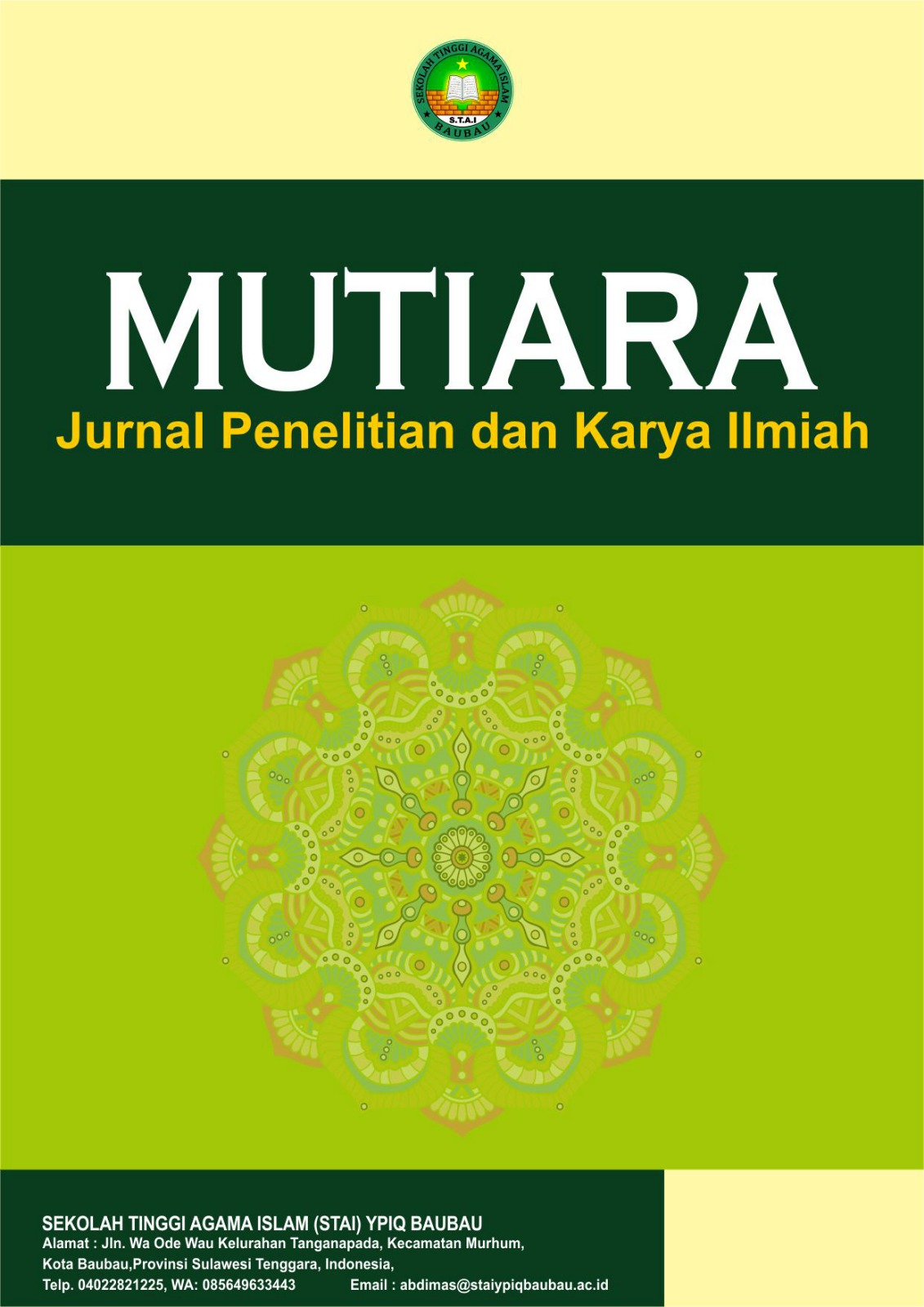Analisis Pelaksanaan Proses Penerimaan dan Penyimpanan Buah-Buahan pada Section Cold Kitchen di PT. Aerofood Indonesia (ACS) Surabaya
DOI:
https://doi.org/10.59059/mutiara.v3i5.2740Keywords:
Cold Kitchen, FIFO, Fruits, Receiving, StorageAbstract
This study aims to analyze the implementation of the fruit receiving and storage process in the cold kitchen section at PT. Aerofood Indonesia (ACS) Surabaya, which is one of the important units in the raw material supply chain in the aviation catering industry. The study used a qualitative descriptive method with data collection techniques through in-depth interviews, direct field observations, and documentation of work procedures. Informants in the study consisted of the Cold Kitchen Supervisor and two staff members who directly handle the fruit receiving and storage activities. The results showed that the fruit receiving process was carried out through three main stages, namely checking documents (delivery orders and purchase orders), physical inspection of the fruit such as color, texture, and aroma, and recording the details of the receipt into a special form. This inspection is important to ensure that the fruit received is in a condition suitable for consumption and in accordance with the established specifications. During the storage stage, the fruit is arranged according to type and level of durability. Small fruits such as strawberries or grapes are stored at a temperature of 0–6°C, while large fruits such as watermelons and melons are stored at a temperature of 18–21°C. This arrangement aims to maintain freshness and extend shelf life. In addition, the FIFO (First In, First Out) system is consistently implemented to prevent the accumulation of old stock that can reduce quality. Storage room temperature monitoring is carried out every 4 hours to ensure temperature stability according to standards. Overall, the implementation of the fruit receiving and storage process at ACS Surabaya has met the principles of good raw material management (Good Reception & Storage Practice). This implementation procedure supports the achievement of quality and food safety standards in flight catering services, which are highly dependent on the timeliness and quality of ingredients.
References
Badan Standardisasi Nasional. (2006). SNI 01-2346-2006: Penanganan buah dan sayur segar. Jakarta: BSN.
Badan Standardisasi Nasional. (2018). SNI ISO 22000:2018 Sistem manajemen keamanan pangan – Persyaratan untuk organisasi dalam rantai pangan. Jakarta: BSN.
Chopra, S., & Meindl, P. (2019). Supply chain management: Strategy, planning, and operation. Pearson.
FAO. (2020). Food safety management: A practical guide for the food industry. Rome: Food and Agriculture Organization of the United Nations.
Gaspersz, V. (2019). Total quality management. Jakarta: Gramedia Pustaka Utama.
Hanifa, N. D. (2021). Monitoring suhu penyimpanan pada industri katering. Indonesian Journal of Culinary and Food Service, 4(1), 45–52.
Heizer, J., & Render, B. (2017). Operations management: Sustainability and supply chain management (12th ed., pp. 210–215). Pearson.
Heizer, J., & Render, B. (2020). Operations management: Sustainability and supply chain management (13th ed.). Pearson.
IATA. (2023). Airline catering trends and passenger preferences survey. International Air Transport Association.
Indriani, D. N. (2020). Manajemen penerimaan bahan baku pada industri katering. Jurnal Tata Boga, 58–66.
Jaffee, S., & Henson, S. (2019). The safety of food: From global to local issues. Food Control, 98, 350–357. https://doi.org/10.1016/j.foodcont.2018.11.005
Kader, A. A. (2002). Postharvest technology of horticultural crops (3rd ed., pp. 45–50). Agriculture and Natural Resources.
Kader, A. A. (2022). Postharvest technology of horticultural crops. UC Agriculture Publications.
Kementerian Kesehatan Republik Indonesia. (2004). Pedoman higiene sanitasi jasaboga. Jakarta: Departemen Kesehatan RI.
Mulyadi. (2016). Sistem akuntansi (hal. 185). Jakarta: Salemba Empat.
Munthe, R. F. (2021). Analisis penerimaan bahan baku buah dalam menjaga mutu bahan baku pada CV. As-Syifa Kota Padangsidimpuan. Jurnal Ilmiah Manajemen dan Bisnis, 22(1), 45–52.
Prasetyo, B., & Susanti, D. (2019). Evaluasi sistem penerimaan dan penyimpanan bahan baku buah pada industri catering di Surabaya. Jurnal Pangan dan Gizi, 10(1), 55–62.
Romney, M. B., & Steinbart, P. J. (2018). Accounting information systems. Pearson.
Setiadi, D., & Winarno, F. G. (2017). Teknologi pasca panen buah dan sayuran. Yogyakarta: Deepublish.
Siregar, A. L. (2020). Analisis sistem penerimaan dan penyimpanan bahan baku buah pada usaha industri jus buah di Kota Medan. Jurnal Teknologi dan Industri Pangan, 31(2), 89–95.
Smith, J., & Williams, A. (2020). Modern food service operations (pp. 112–120). Routledge.
Supriyanto, & Wahyudi, W. (2018). Manajemen pengendalian mutu (hal. 48). Yogyakarta: Deepublish.
Winarno, F. G. (2004). Kimia pangan dan gizi (hal. 52). Jakarta: Gramedia Pustaka Utama.
Winarno, F. G. (2017). Keamanan pangan dan gizi. Jakarta: Gramedia.
Downloads
Published
How to Cite
Issue
Section
License
Copyright (c) 2025 Mutiara : Jurnal Penelitian dan Karya Ilmiah

This work is licensed under a Creative Commons Attribution-ShareAlike 4.0 International License.








